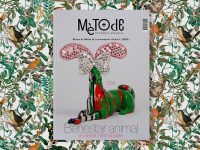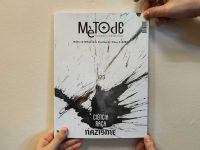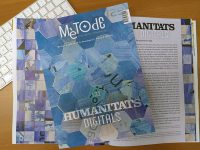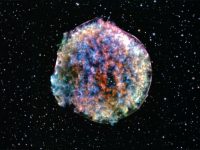«Violent universe» presents the most extreme scenarios in the universe
The new issue of the Mètode is devoted to high-energy astrophysics and cosmology
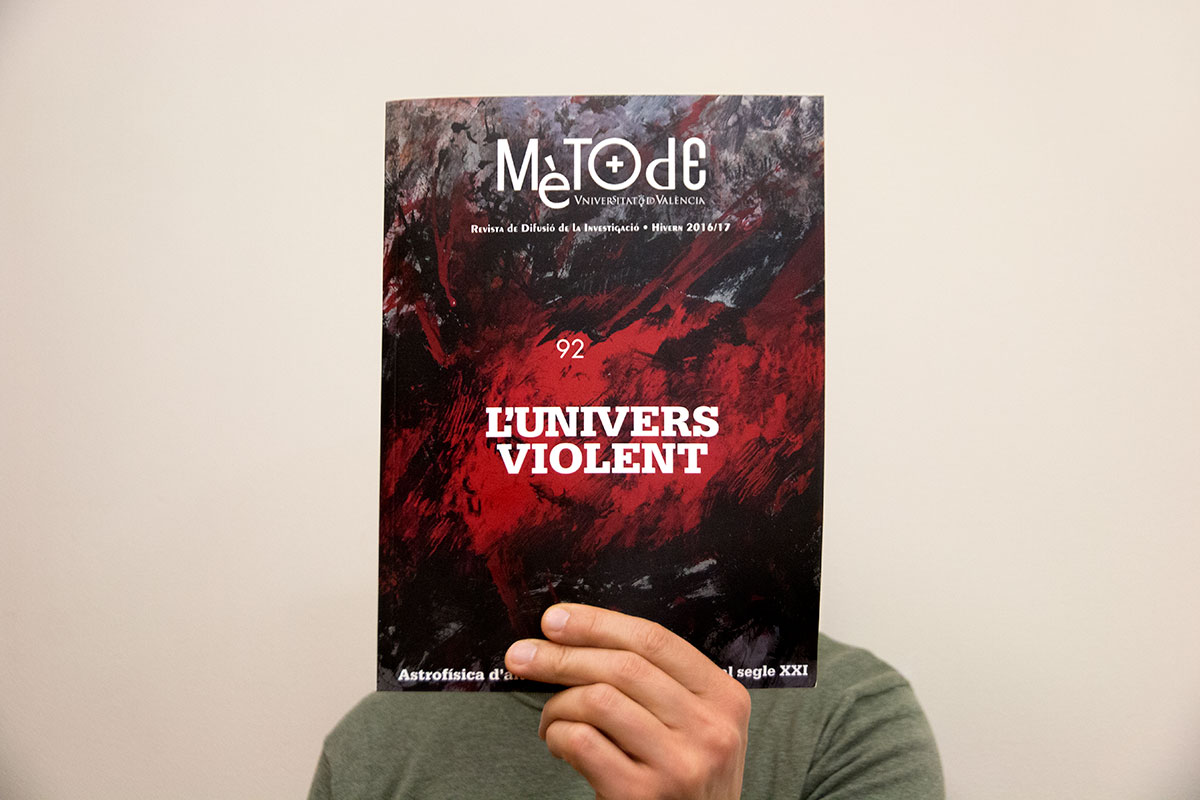
Everything is apparently calm in our sky, yet if we look beyond what our eyes let us see, we realize that is not really the case. Violent universe: High-energy astrophysics and cosmology in the twenty-first century, Mètode’s latest monograph, delves on phenomena such as gamma rays, active galactic nuclei or supernova explosions, which turn the universe into an extremely violent place, far from the stability and immutability we experience. In order to discover «the most extreme scenarios in the universe», we must stop looking at the sky with our bare eyes and open our research to the entire electromagnetic spectrum.
«Mètode’s latest monograph delves on phenomena such as gamma rays, active galactic nuclei or supernova explosions»
The central monograph of this journal issue was coordinated by two professors of the University of Valencia, Manel Perucho, specialising in the study of astrophysical scenarios through numerical simulations, and José Antonio Font, who focuses his research on phenomena such as neutron stars, black holes or gravitational radiation. The technological advances of the last decades allow us to know more about what happens around us; for instance, the detection of the elusive gravitational waves, so difficult to measure until recently, show a worrying portrait of the universe. As professors Perucho and Font state in the monograph: «If we exist and are aware it is because no catastrophic astronomical event has occurred around us in the last few million years». Our galaxy, fortunately, is a very quiet place. Violent universe features illustrations by the Valencian artist Aurora Valero. They provide powerful companions to talk about the origin and creation of the universe.
This issue of Mètode includes, in addition, interviews with the science communicator Pere Estupinyà, who talks about the importance of how communicators convey science information to society, or to Jack Szostak, Nobel Prize in Physiology or Medicine 2009, who studies the creation of the primitive cell that started evolution in order to try to explain how the process described by Charles Darwin started. We can also find articles about the science of Wikipedia – one of today’s main sources of scientific information –, the origin and development of the stethoscope, or the explorations in Morocco by the Catalan botanist Pius Font i Quer.
25 years of Mètode
All this content comes in the year Mètode celebrates its 25th anniversary. To mark this occasion, Mètode’s website is highlighting content from past issues of the journal with updated introductions. The original coordinators of each monograph contextualise them in these articles. They talk about their experience with the journal and discuss the advances in their disciplines.

